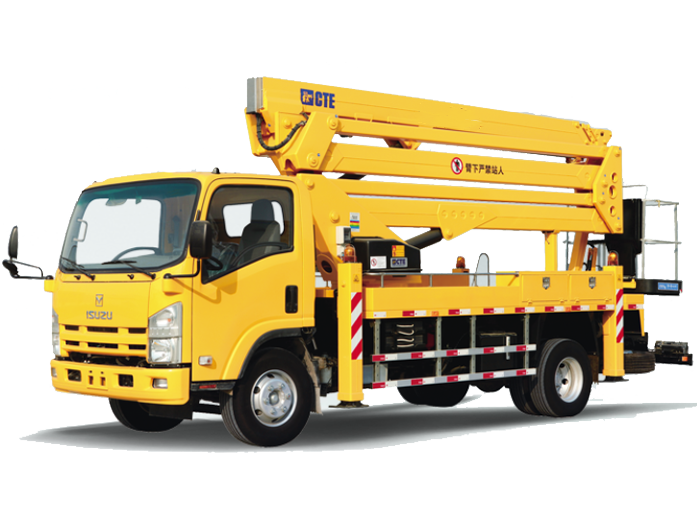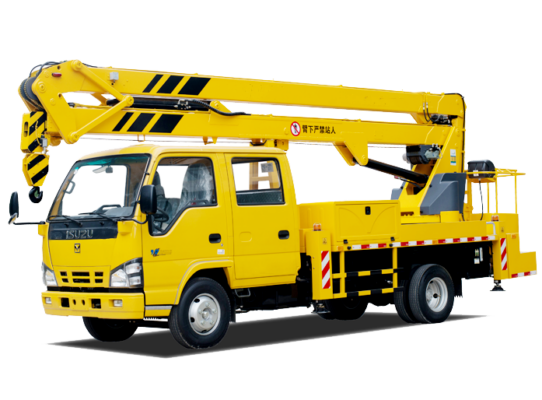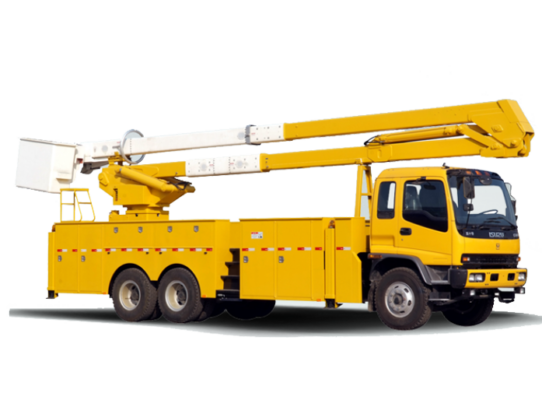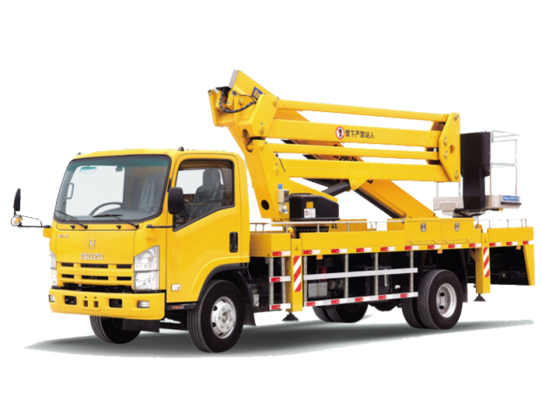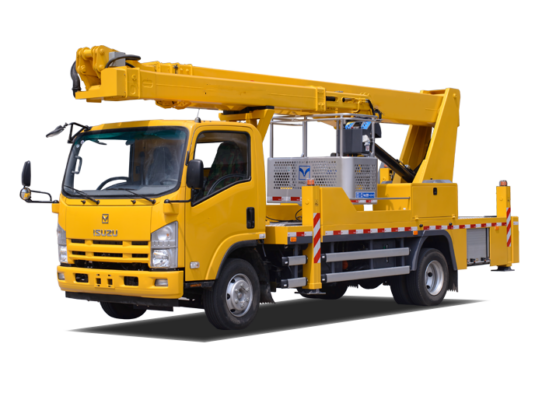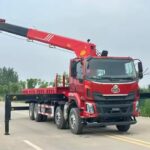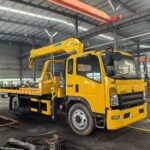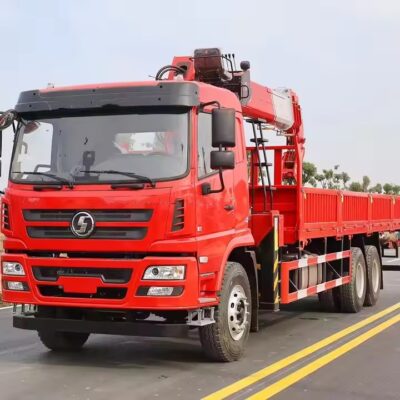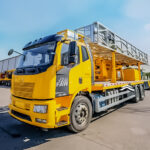Concrete pumps are essential equipment in modern construction, designed to efficiently transport concrete from the mixing site to the construction site. With advancements in technology, choosing the right concrete pump has become a critical decision for contractors and project managers. This guide will explore how to select the right concrete pump by examining its technical parameters, practical applications, and future trends.
Key Technical Parameters for Selecting a Concrete Pump
When choosing a concrete pump, understanding its technical parameters is fundamental. These parameters, which include output capacity, outlet pressure, motor power, and the type of distribution valve, determine the pump’s suitability for specific projects.
To illustrate, let’s analyze the model HBT60-16-110S as an example:
- HB: Stands for “concrete pump” in Chinese pinyin.
- T: Indicates a “trailer-mounted” pump.
- S: Refers to the S-shaped distribution valve.
- 60: Represents the maximum output capacity in cubic meters per hour (m³/h).
- 16: Denotes the maximum outlet pressure in megapascals (MPa).
- 110: Specifies the motor power in kilowatts (kW).
By decoding these parameters, contractors can assess whether a pump meets the specific needs of their project.
1. Output Capacity
The output capacity, measured in cubic meters per hour, determines the volume of concrete the pump can deliver. Depending on the scale of the project, output capacities typically range from 20 m³/h for small-scale projects to over 100 m³/h for large construction sites.
2. Outlet Pressure
The outlet pressure, measured in MPa, is crucial for determining the pump’s ability to transport concrete over long distances or high elevations. Pumps are classified into:
- Low-pressure pumps: Outlet pressure ≤ 5 MPa.
- Medium-pressure pumps: Outlet pressure between 6–10 MPa.
- High-pressure pumps: Outlet pressure > 10 MPa.
Projects involving high-rise buildings or long horizontal distances often require high-pressure pumps to ensure smooth concrete flow.
3. Motor Power
Motor power, measured in kilowatts, influences both the outlet pressure and the output capacity. A higher motor power allows the pump to achieve higher pressure and greater output. Ka mohlala, a pump with 110 kW motor power can efficiently balance high pressure and large output.
4. Distribution Valve Type
The distribution valve ensures continuous concrete flow. Common types include:
- S-shaped valve: Features low pressure loss and a smooth concrete flow path, suitable for high-quality concrete and high-pressure applications like high-rise construction.
- Gate valve: Handles coarser aggregates and is commonly used in medium-pressure pumps.
How to Match Pump Specifications to Project Requirements
Selecting the right pump involves matching its specifications to the project’s specific needs. Consider the following factors:
1. Concrete Delivery Distance
The delivery distance, both vertical and horizontal, determines the required outlet pressure. Ka mohlala:
- High-rise construction with vertical heights exceeding 100 meters requires a high-pressure pump.
- Horizontal distances over 300 meters demand a pump with sufficient output capacity to maintain flow.
2. Aggregate Characteristics
The size and type of aggregates in the concrete mix influence the choice of distribution valve. Fine aggregates work well with S-shaped valves, while coarser aggregates are better suited for gate valves.
3. Construction Schedule and Scale
For large-scale projects with tight schedules, high-output pumps are essential to ensure efficient concrete placement.
Importance of Motor Power in Concrete Pumps
Motor power is a critical factor in a concrete pump’s performance. It directly affects the balance between outlet pressure and output capacity.
1. The Relationship Between Pressure and Output
Motor power determines the pump’s capacity to maintain pressure and output. Ka mohlala:
- Increasing outlet pressure often reduces output capacity due to the fixed motor power.
- Conversely, reducing outlet pressure allows for greater output.
To achieve both high output and high pressure, the only solution is to increase motor power. Modern pumps often use constant-power piston pumps to optimize performance under varying conditions.
2. Power Efficiency and Adaptability
Advanced pumps incorporate pressure-switching functions, enabling operators to adjust pressure levels based on construction requirements. This ensures efficient operation while maintaining energy savings.
Practical Considerations When Choosing a Concrete Pump
1. Versatility and Adaptability
Choose a pump that can handle a wide range of concrete mixes, including high-slump concrete, fiber-reinforced concrete, and lightweight concrete.
2. Maintenance and Reliability
Opt for pumps with robust designs and easy maintenance. High-quality pumps with fewer moving parts reduce downtime and operational costs.
3. Manufacturer Support
Consider the manufacturer’s reputation, after-sales service, and spare parts availability. A reliable manufacturer ensures consistent performance and timely technical support.
Real-World Applications of Concrete Pumps
1. High-Rise Construction
Concrete pumps are indispensable for high-rise projects, where they deliver concrete to elevations exceeding 100 meters. Ka mohlala, high-pressure pumps with S-shaped valves are used in skyscraper construction.
2. Infrastructure Projects
Large infrastructure projects, such as bridges, dams, and tunnels, require pumps with high output capacities and long-distance delivery capabilities.
3. Residential and Commercial Construction
Smaller, trailer-mounted pumps are ideal for residential and commercial projects, offering flexibility and ease of transport.
Emerging Trends and Innovations in Concrete Pumps
1. Automation and Smart Technology
Modern pumps are equipped with smart monitoring systems that provide real-time data on pressure, flow rate, and performance. Automation enhances precision and reduces operator workload.
2. Eco-Friendly Designs
Manufacturers are focusing on energy-efficient motors and eco-friendly designs to reduce environmental impact. Hybrid pumps, combining electric and diesel power, offer versatile solutions for various construction sites.
3. Enhanced Durability
Innovations in materials, such as wear-resistant alloys and advanced coatings, extend the lifespan of critical components like cylinders and valves.
4. Integration with BIM (Building Information Modeling)
Concrete pumps are increasingly integrated with BIM systems, allowing precise planning and coordination during construction.
Future Outlook
The global construction industry is evolving rapidly, driving demand for advanced concrete pumping solutions. With continuous innovation in pump design, materials, and control systems, the next generation of concrete pumps will offer greater efficiency, reliability, and environmental sustainability.
Qetello
Selecting the right concrete pump requires a thorough understanding of its technical parameters, project requirements, and industry trends. By evaluating factors such as output capacity, outlet pressure, motor power, and valve type, contractors can ensure optimal performance and cost efficiency.
As technology advances, concrete pumps will continue to play a pivotal role in modern construction, enabling faster, safer, and more sustainable building practices. By staying informed about the latest developments, industry professionals can make well-informed decisions and achieve exceptional results.

